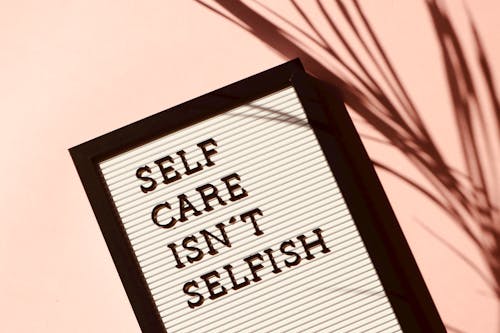Sciatica Self Care: A Comprehensive Guide to Alleviating Pain
Introduction
The painful, numb, and tingling feelings along the sciatic nerve can be incapacitating symptoms of sciatica. Nonetheless, people may effectively control their symptoms and enhance their quality of life by using the appropriate self-care techniques. We’ll look at a variety of self-care methods, physical activities, and lifestyle changes in this in-depth guide to help reduce sciatica pain and accelerate healing.
Understanding Sciatica
Pain that travels down the sciatic nerve, which emerges from your lower back and passes down your hips, buttocks, and legs, is referred to as sciatica. It usually affects one side of the body and can be minor to severe in severity. Muscle strain, spinal stenosis, and ruptured discs are common reasons.
Symptoms of Sciatica
Sharp Pain: Feel a stabbing, sharp pain that travels down your leg from your lower back.
Numbness: The afflicted limb or foot may feel weak or numb.
Tingling Sensation: Feel a tingling feeling that is frequently compared to pins and needles.
Diagnosis and Treatment Options
Seeking an accurate diagnosis from a healthcare expert is crucial before attempting self-care treatments. Medication, physical therapy, and in extreme situations, surgery, are possible forms of treatment.
Sciatica Self Care
By managing your sciatica symptoms proactively, you can greatly increase your comfort and range of motion. The following are some practical self-care techniques:
Proper Posture
Reducing pressure on the sciatic nerve requires maintaining proper posture. Avoid hunching over or slouching whether sitting or standing. Employ cushions and chairs designed for comfort.
Moderate Stretching
To increase flexibility and lessen muscular stress, incorporate moderate stretching activities into your regular routine. Stretches for the hamstrings, hips, and lower back should be your main focus.
Low-Impact Exercise
To strengthen the muscles around the sciatic nerve without aggravating it more, take up low-impact exercises like cycling, swimming, or walking.
Heat and Cold Therap
To lessen pain and inflammation, use heat packs or cold compresses to the afflicted region. For best effects, alternate between heat and cold treatment.
Mind-Body Methods
Using relaxation techniques like yoga, meditation, or deep breathing can help ease tension and stress, which in turn helps lessen the symptoms of sciatica.
Ergonomic workstation
Make sure your workstation is set up ergonomically to encourage good posture and lessen lower back pain. Make use of an ergonomic keyboard, an adjustable chair, and an eye-level display.
Read More: Discover the Ultimate Guide to Self Care Shopping
Supportive Footwear
To preserve correct alignment and lessen strain on the spine and sciatic nerve, choose supportive footwear with cushioning and arch support.
Healthy Lifestyle Practices
To promote general spine health and lower inflammation, maintain a healthy weight, consume a balanced diet high in nutrients, and drink plenty of water.
Frequently Asked Questions
Can self-care measures for sciatica give relief right away?
Self-care methods like heat treatment or stretching may provide instant relief for certain people, but long-term benefits need consistency and patience.
Is bed rest advised while treating sciatica pain?
Prolonged bed rest can exacerbate symptoms and cause muscular stiffness, even if brief rest intervals may be required during acute flare-ups. Staying active is ideal, but steer clear of physically demanding hobbies.
What particular workouts should someone with sciatica avoid doing?
It’s true that some workouts, including hard lifting or high-impact sports, can make sciatica symptoms worse. For instructions on specific exercises, speak with a physical therapist or other medical practitioner.
How frequently should I do sciatica stretching exercises?
Aim to include stretching exercises in your daily routine. The goal is to progressively reduce muscular tension and increase flexibility by focusing on gentle motions.
Can self-care strategies for sciatica stop flare-ups in the future?
Using self-care strategies can help control present symptoms, but they cannot prevent relapses in the future. On the other hand, danger may be decreased by leading a healthy lifestyle and using appropriate body mechanics.
Is it okay to treat sciatica with over-the-counter painkillers?
Ibuprofen or acetaminophen, two over-the-counter pain relievers, could offer momentary sciatica pain relief. Nonetheless, it’s critical to take the medication as prescribed and see a doctor if symptoms worsen.
Conclusion
By including these sciatica self-care techniques into your regular activities, you may successfully manage your pain, increase your range of motion, and improve your general quality of life. Always get medical advice before beginning a new fitness program, and be persistent in your pursuit of long-term treatment. You can manage your sciatica symptoms and have a more active and satisfying life if you are committed to doing so. Reclaim your wellness now by embracing self-care and refusing to let sciatica hold you back.




